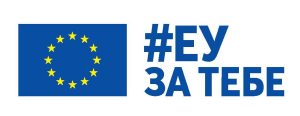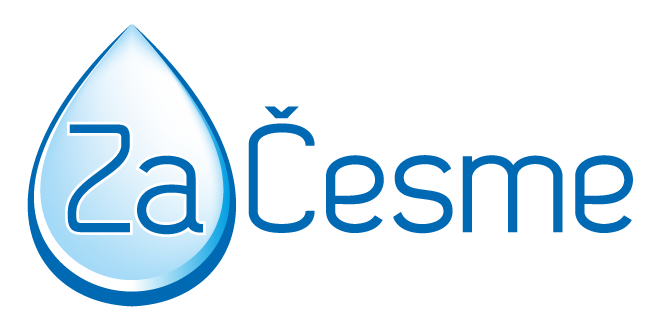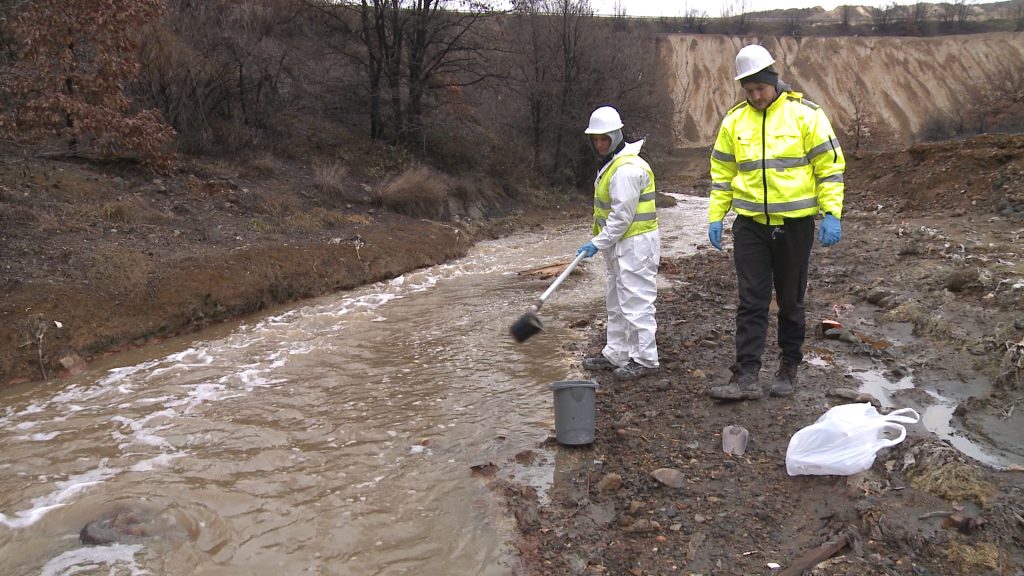
03/02/2023
Pollution of rivers and sediments as a result of mining in Timočka Krajina
Centuries of ore mining and processing in Bor and its surroundings have left devastating marks on the environment. Apart from the air, there are pollutants, especially heavy metals, in the rivers, but even more in the deposited layers on the coast. One of the goals of the project
“Environmental response to mining expansion in Timočka Krajina” implemented by the Association “Za Drinking Fountains” with partners from Bor and Zaječar, and financed by the Delegation of the European Union in Serbia, is to improve the monitoring system of surface water, sediment and fish pollution, in rivers of Timočka Krajina, which are most exposed to industrial waste. In the first year of this project, two out of a total of four sampling cycles were carried out on the watercourses from Majdanpek, through Bor to Zaječar and further to their confluence via Timok into the Danube.
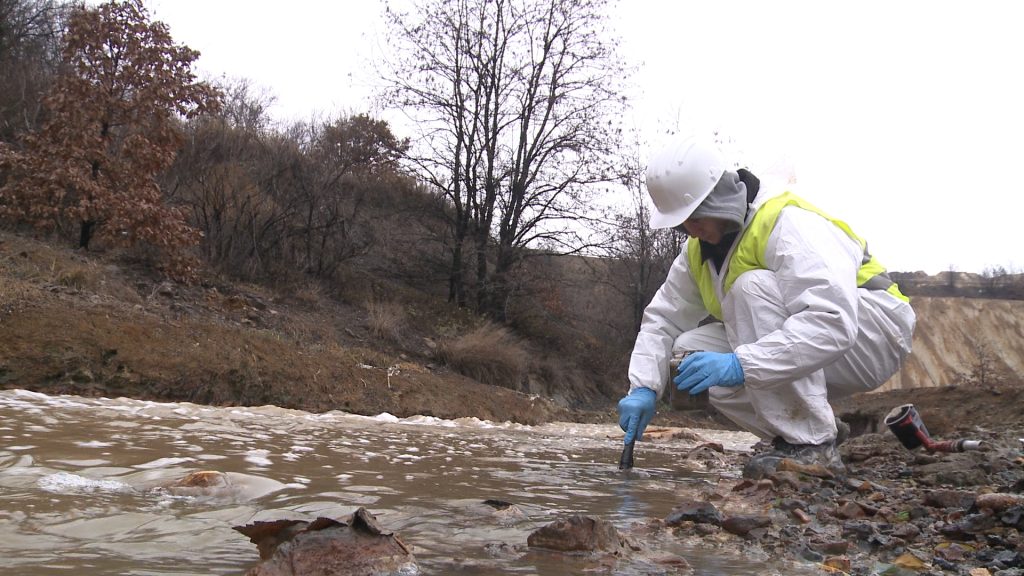
According to the laboratory results of the second sampling of the river Mali Pek River, after surface mining near Majdanpek, an increased retention of ammonium ions, orthophosphate, iron, manganese and sulfate, as well as copper, was detected. It is similar in the river Pek. Regarding the examination of sediment samples, the analysis showed that there is no pollution in the river before the Majdanpek area. After the mine, the concentrations of copper, arsenic, zinc and nickel in the sediment of Mali Pek exceed the remediation values. After the merging of rivers Mali and Veliki Pek, in the sediment of the river Pek, contamination with arsenic, copper and zinc is above the remediation value, the concentration of lead is above the limit value and nickel is above the verification level.
Immediately after the mine near Bor, concentrations of copper, arsenic and nickel above the remediation value were detected in the sediment samples in the Borska Reka river. Analysis of the samples showed an increased concentration of sulfate. Based on the examination of water samples taken before and after the confluence of the Borska Reka river into the river Veliki Timok, it can be concluded that the confluence of the Borska Reka river leads to an increase in the concentration of certain metals in both water and sediment. The biggest detected change in the water samples is in the concentration of copper, iron and manganese.
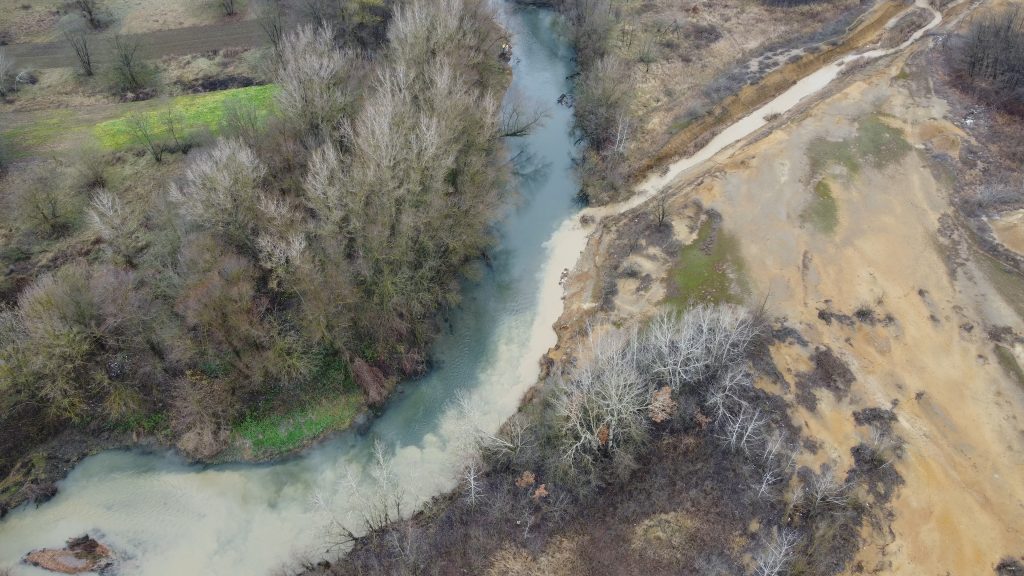
The results of the analysis of water samples of the Brestovačka River after the inflow of the waste channel from the Čukaru Peki mine show that certain values are slightly increased in relation to the values of the parameters at the location before the inflow, which is related to the heavy rainfall in the days before sampling. Samples from the river Crni Timok after merging of the Brestovačka River did not show a significant increase in the concentrations of the analyzed parameters. The analysis of sediment samples showed that an increased concentration of copper (above the remediation value) was detected in the sample at the location of the waste channel from the Čukaru Peki mine. There is also a concentration of nickel above the verification level in the waste channel sample.
The further course of the Timok River moves towards the Danube. Concentrations of metals such as copper, arsenic, cadmium, nickel and zinc were also detected in this part of the river.
Based on the results of laboratory tests, carried out after the second sampling of the rivers – Crni Timok, Veliki Timok, Borska Reka, Pek and Danube, within the project “Environmental response to mining expansion in Timočka Krajina”, in accordance with the Regulation on limited values of pollutants in surface and underground waters and sediment and the Regulation on the categorization of watercourses, it is concluded that there is pollution in the investigated rivers of Timočka Krajina.
Association “Za Drinking Fountains”
This text was produced within the project “Environmental response to mining expansion in Timočka Krajina” funded by the European Union, and implemented by the Association “Za Drinking Fountains”, the Association of Young Researchers Bor, Civic Library “Europe” Bor and Children’s Center Zaječar. The content of the text is entirely responsibility of these associations and do not necessarily reflect the views of the European Union.

